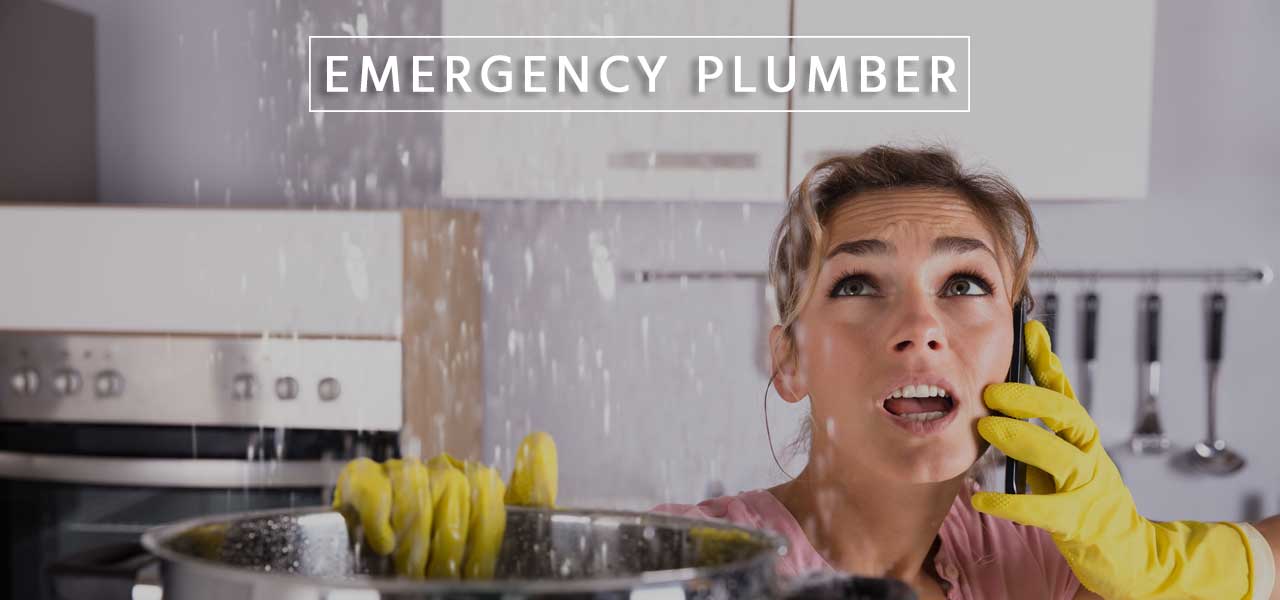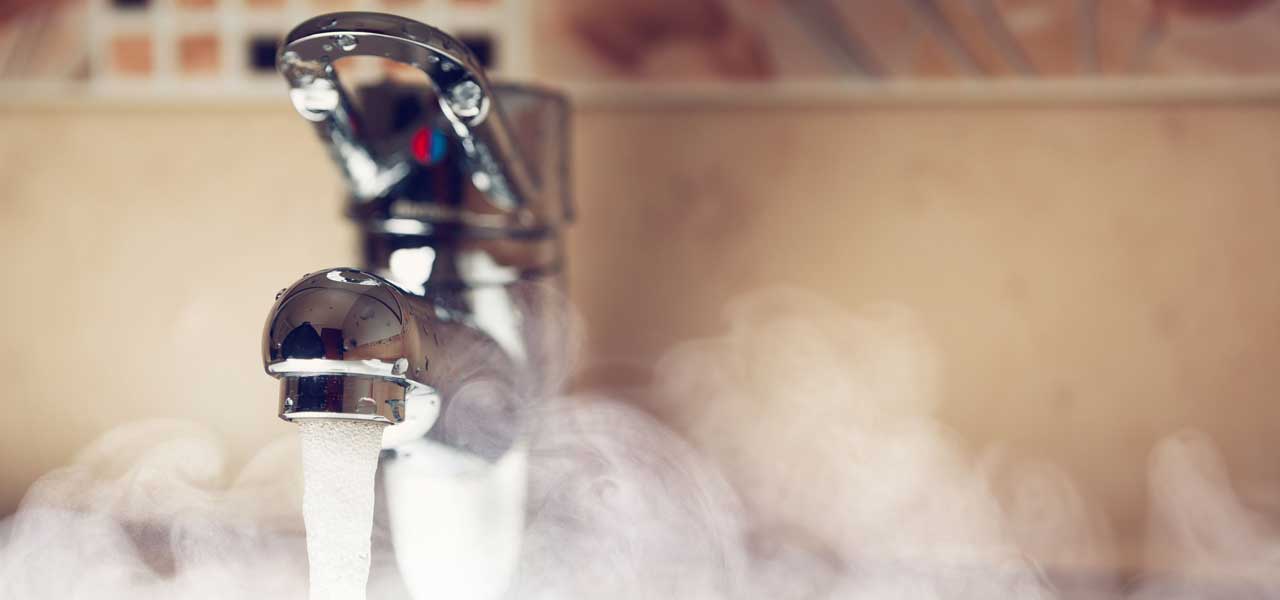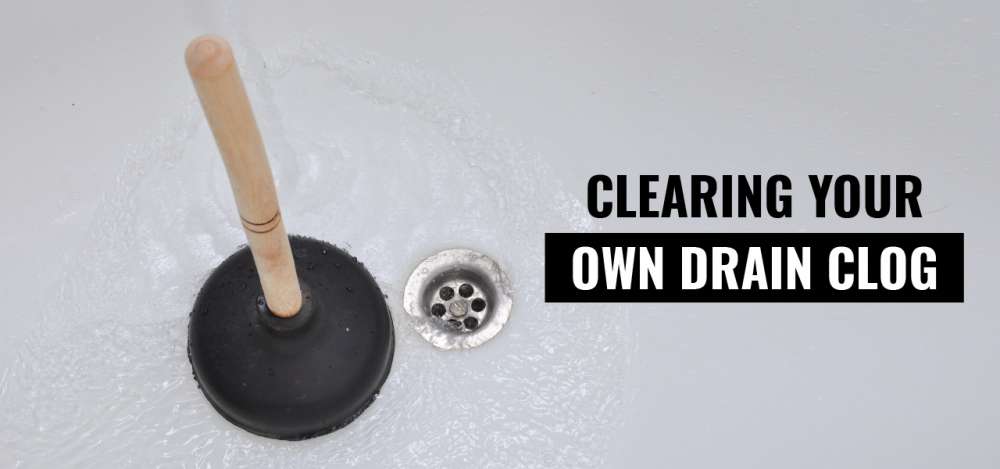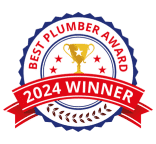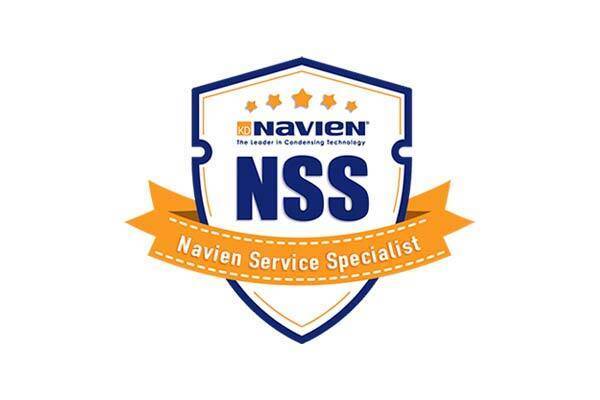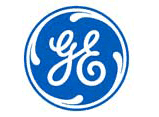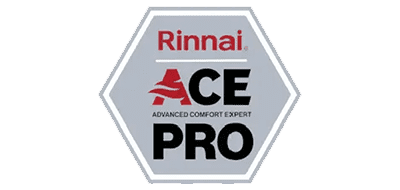Nothing can ruin the start of a perfect day quite like a plumbing emergency. It always occurs at the most inconvenient time –as if there was a convenient time for a broken water pipe or failed water heater tank –and is always more expensive than we had imagined. Let’s imagine for a moment that, as a homeowner, you aren’t entirely helpless as you wait for your plumber to arrive, and that there were some steps you could take to mitigate damages, and, most importantly, expenses.
Today, we will look at the five most common plumbing emergencies that our customers face, their causes, and what you can do about them while waiting for your emergency plumber to arrive.
The Five Most Common Plumbing Emergencies.
1. Leaky Plumbing Fixtures – Faucets, Showerheads, Toilets
Nothing lasts forever, and that saying holds especially true for our plumbing fixtures. Leaky faucets, showerheads, and even toilets can be a nuisance that disrupts your daily life and wastes precious water. While waiting for professional help to arrive, there are several steps homeowners can take to mitigate the issue and prevent further water waste.
Shut Off the Water
The first and most crucial step is to turn off the water supply to the affected fixture. For faucets, you’ll typically find shut-off valves under the sink. For showerheads, look for the shut-off valve near the water source, which is, unfortunately, usually located within the wall. If you’re dealing with a leaking toilet, there’s a shut-off valve near the base. By turning off the water, you can immediately stop the leak and prevent water from causing more damage to your home.
Identify the Type of Leak
Leaks can occur for various reasons, and understanding the type of leak is essential for addressing it temporarily. For instance, if it’s a dripping faucet, placing a bucket or bowl under it can catch the water and prevent it from splashing onto the floor. If the leak is from a showerhead, wrapping the fixture’s arm with a cloth or towel can help absorb the water. Meanwhile, you can adjust the float valve or flapper for a toilet leak to stop the water from continuously running into the bowl.
Collect Excess Water
While waiting for professional help, placing a bucket or bowl beneath the leaking fixture is wise to collect excess water. This prevents water from damaging your floor or cabinet, making cleanup easier. Remember to empty the container periodically to avoid overflowing. These DIY steps can help you manage a leaky plumbing fixture temporarily. Still, it’s essential to call a professional emergency plumber in Houston to identify the root cause and make permanent repairs, ensuring your plumbing fixtures function correctly and efficiently.
2. Broken Water Lines – Inside and Outside of Walls
A broken water line inside your home can quickly become a household emergency, causing significant water damage and disruption. While waiting for your local same-day emergency plumber from Nick’s, homeowners can take several immediate steps to minimize the damage and make the situation more manageable.
Shut Off the Water
The first action you should take when you suspect a broken water line is to turn off the main water supply to your home. Locate the main water shut-off valve near your water meter or where the main water line enters your house. Shutting off the water supply will stop the water flow into the damaged line, preventing further flooding and damage.
Relieve Pressure
After shutting off the water supply, it’s essential to relieve any pressure in the plumbing system. To do this, open the faucets at the lowest point in your home, typically in the basement or ground floor. This allows any remaining water in the pipes to drain, reducing the risk of further leaks and water damage.
Contain and Mitigate
Once the water is turned off and pressure is relieved, focus on containing the situation. Use towels, buckets, or a wet-dry vacuum to remove standing water and dry the affected areas as much as possible. If the broken pipe is accessible, consider using pipe repair tape or a pipe clamp to seal the leak temporarily. Remember that these are temporary fixes and should not replace professional plumbing repair, like a whole-house re-pipe, but they can help minimize immediate damage until the experts arrive.
Taking these steps promptly can make a significant difference in reducing the extent of damage caused by a broken water line. However, it’s crucial to remember that these are only temporary measures, and the assistance of a professional plumber is essential to identify the source of the issue, make permanent repairs, and ensure your plumbing system is fully functional and safe.
3. Leaking Water Heaters – With or Without Burst Tanks
A leaking water heater is a terrible thing for your home. With most of our water heaters tucked out of sight in the attic, a utility closet, or a little shack behind your home, it isn’t surprising that a leaking water heater could go unnoticed for days, weeks, or even months. Undetected leaking water heaters can be troublesome, potentially leading to water damage and inconvenience. When confronted with this situation, homeowners can immediately address the problem before professional help arrives.
Shut Off the Power and Water Supply
The first step is to turn off the power supply to the water heater. For electric water heaters, locate the circuit breaker labeled for your heater and switch it off. Find the gas shut-off valve for gas heaters and turn it to the “off” position. Next, turn off the water supply to the heater. This will prevent additional water from entering the tank and minimize the leak’s extent.
Identify the Source of the Leak
Try to determine the source of the leak. Leaks can occur from various points on a water heater, such as the temperature and pressure relief valve, the drain valve, or the tank itself. If the leak is coming from a valve, consider using a pipe wrench to tighten it gently. However, be cautious not to overtighten, as this can cause damage. If the tank is leaking, little can be done to repair it temporarily, and replacement may be necessary.
The Risk of a Burst Tank
If the water heater tank continues to leak and is not addressed promptly, there is a risk of a catastrophic failure – a tank burst. When a water heater tank bursts, it can release a significant amount of water, causing extensive damage to your home, including flooding and structural damage. This is not only costly to repair but can also pose safety hazards. The burst can release scalding hot water, potentially causing burns or scald injuries. Therefore, it is crucial to act swiftly when you notice any signs of a water heater leak and call a plumbing emergency expert to assess and rectify the issue before it escalates to a burst tank scenario.
4. Clogged Drains and Toilets
Dealing with clogged drains and toilets is a common household hassle. Still, there are steps homeowners can take to manage the issue temporarily while awaiting professional assistance from an emergency plumber in Houston.
Try a Plunger
A plunger can often work wonders for clogged drains and toilets. Ensure you have the correct type of plunger – a cup plunger for sinks and tubs and a flange plunger for toilets. Place the plunger over the drain or toilet opening, creating a tight seal, and push and pull with force. This can help dislodge blockages by creating pressure and suction.
Use a Drain Snake or Auger
If plunging doesn’t work, try using a drain snake or auger. These tools are designed to reach deep into the pipes and break up or retrieve blockages. Insert the snake or auger into the drain or toilet and turn the handle clockwise to maneuver it through the pipes. When you encounter resistance, carefully rotate and push to dislodge or hook onto the obstruction.
Be Cautious with Chemicals
Exercising caution while using chemical drain cleaners to clear clogs is tempting. These products can be harsh on your plumbing and the environment. If you choose to use them:
- follow the instructions carefully
- use protective gear
- ensure proper ventilation
However, overuse of chemicals can corrode pipes and worsen clogs. It’s generally best to rely on mechanical methods like plungers or snakes or to seek professional help to avoid potential damage and health risks.
Remember that these are temporary solutions to alleviate the immediate issue. If your efforts don’t resolve the clog or if you encounter frequent clogs, it’s essential to call a professional plumber. Persistent clogs may indicate an underlying problem in your system that requires expert assessment and plumbing repair.
5. Clogged or Jammed Garbage Disposal
Clogged or jammed garbage disposals can disrupt your kitchen routine and lead to unpleasant odors. Fortunately, homeowners can take several immediate steps to address these issues and clear the problem without professional assistance.
Safety First
Before attempting any troubleshooting, ensure the garbage disposal is safely turned off. Locate the switch or circuit breaker that controls the disposal unit and ensure it’s in the “off” position. This precaution prevents accidental activation while you work on the disposal.
Clear the Jam
If your garbage disposal is jammed and not running, you can typically resolve the issue using an Allen wrench. Underneath the disposal unit, there’s a small hexagonal hole. Insert the wrench into this hole and turn it back and forth to rotate the disposal’s grinding mechanism manually. This should help dislodge any stuck objects. Remember, always turn the wrench clockwise, and don’t force it. If the wrench doesn’t move freely, do not use excessive force as it may damage the disposal.
Unclog the Drain
If the disposal is running but the water isn’t draining, there may be a clog in the drainpipe. First, turn off the disposal and unplug it for safety. Then, check for visible blockages or debris in the disposal’s drain opening. Using a pair of tongs or pliers, reach in and carefully remove any foreign objects. Next, try flushing the drain with hot water and mild dish soap to break down grease or food residues. You can also use a plunger to help dislodge the clog, but ensure there’s enough water in the sink to create a seal. Plunge vigorously to create pressure and suction.
If these DIY methods don’t clear the clog, it may be time to seek professional help for a more in-depth assessment and repair.
How Can I Prevent Plumbing Emergencies in My Home?
Preventing plumbing emergencies in your home is cost-effective and spares you the stress and inconvenience of sudden breakdowns. One of the most critical steps is proactive plumbing maintenance. Regularly inspect your plumbing fixtures, including faucets, toilets, and pipes, for any signs of leaks, corrosion, or wear. Replace worn-out washers, seals, and hoses promptly to prevent potential leaks—additionally, schedule routine professional inspections to catch and address hidden issues before they escalate into emergencies.
Investing in preventive measures like installing a whole-house water filtration system can also safeguard your plumbing. This helps prevent the buildup of mineral deposits and sediment in pipes, extending their lifespan. Moreover, consider insulating your pipes, especially in colder climates, to avoid freezing and bursting during winter.
Finally, educate your household about responsible water usage practices. Avoid flushing items other than toilet paper and human waste, and dispose of grease and food scraps properly rather than down the drain.
Regular plumbing maintenance services for your home are paramount to its overall well-being. Just like your car needs periodic check-ups to ensure it runs smoothly, your plumbing system requires routine inspections and upkeep. These services help identify and address minor issues before they become major, costly emergencies.
These preventive measures can significantly reduce the likelihood of plumbing emergencies and enjoy a more reliable and trouble-free plumbing system.
Preventing Plumbing Issues is a Team Effort Between the Homeowner and Nick’s Plumbing
Plumbing maintenance is a collaborative effort between emergency plumbers in Houston – like Nick’s Plumbing – and proactive homeowners, working together to ensure a well-functioning plumbing system year-round. Nick’s Plumbing brings expertise, offering specialized knowledge and state-of-the-art equipment for comprehensive inspections, repairs, and preventive maintenance. Nick’s skilled technicians can identify potential issues that may go unnoticed by homeowners, leveraging their experience to address these concerns before they escalate into costly emergencies.
On the other hand, homeowners play a pivotal role by remaining vigilant and observant. Regularly checking for visible signs of leaks, corrosion, or unusual noises in the plumbing system can help catch issues in their early stages. Promptly reporting these observations to Nick’s Plumbing allows timely intervention and resolution.
Additionally, homeowners can practice responsible water usage, avoiding behaviors that strain the plumbing system, such as disposing of grease down drains or flushing non-flushable items. This partnership between the homeowner and Nick’s Plumbing creates a synergy that ensures plumbing reliability, extends the system’s life, and minimizes the risk of disruptive and costly plumbing emergencies.
Call Nick’s Plumbing today to schedule a whole-house plumbing inspection, drain cleaning service, or regular maintenance service. Our team of licensed and experienced professionals is ready to tackle any plumbing emergency your house can throw at you.
Call Nick’s Today. We’re on the Way!




